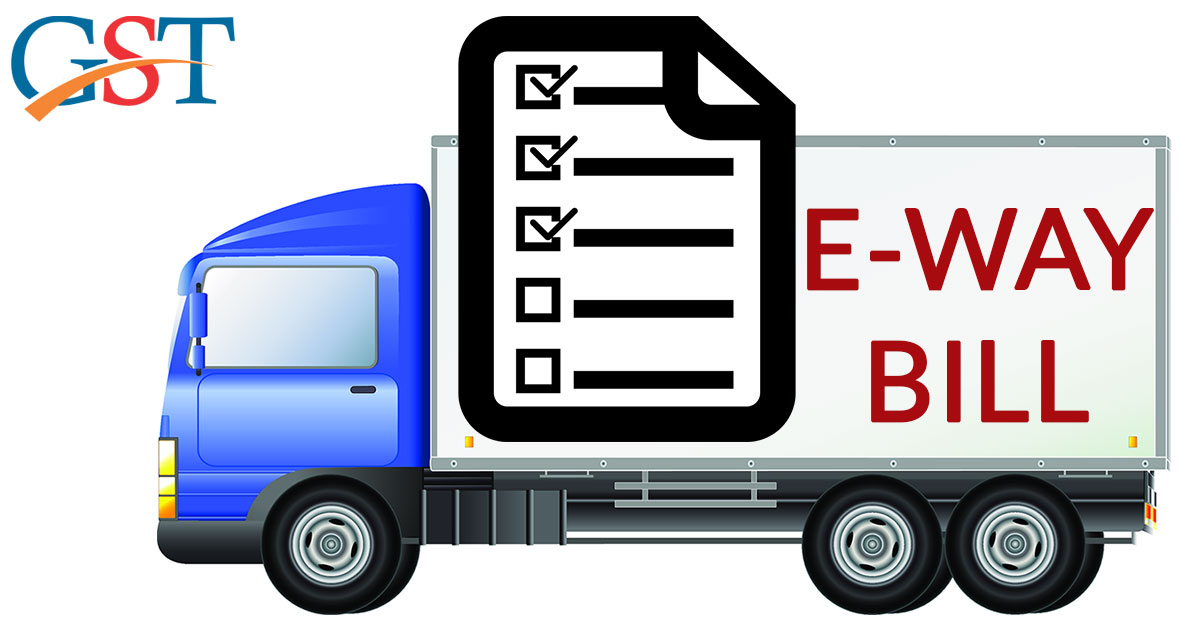
The GST e-way bill has been implemented for all inter-state and intra-state transactions. The GST e way bill registration is compulsory for all the transporters and suppliers, whether they fall under any threshold limit guided by the GST Council.
Here we expressed some of the early preparation steps which are needed to be taken care of by business units and transporters while implementing the e-waybill:
Starting in 2025, Multi-Factor Authentication (MFA) has become mandatory for accessing the GST E-Way Bill and E-Invoice portals. It was rolled out in phases:
- January 1, 2025, for businesses with a turnover above ₹20 crore
- February 1, 2025, for those above ₹5 crore
- April 1, 2025, for all taxpayers.
MFA requires users to log in using a username, password, and a one-time password (OTP) received via SMS, the Sandes app, or the NIC-GST Shield app. Additionally, from June 1, 2025, Invoice Reference Numbers (IRNs) are now case-insensitive and automatically converted to uppercase to avoid duplication errors.
Regenerating the Expired GST E Way Bill
In case, a truck breaks down middle of journey and its e way bill gets expired before its validity due to some unexplainable situations, he may get a new GST e way bill by regenerating the same and get a new number for the bill from the transporter which will help to extend the validity of the e waybill and resolve the purpose of transacting the goods.
Also, one must keep in mind that separate registration is needed for the e-way to generate and operationalise within the environment of logistics.
From April 1, 2025, businesses with a turnover of more than ₹10 crore must report e-invoices within 30 days from the invoice date. If they fail to do so, the system will reject the invoice, and the buyer may lose eligibility for Input Tax Credit (ITC).
Additionally, starting January 1, 2025, E-Way Bills can only be generated for documents not older than 180 days. For example, after January 1, 2025, any invoice or delivery challan dated before July 5, 2024, will no longer be valid for generating an E-Way Bill.
Take Suggestions from Already E Way Bill Running Transport Companies
The most advisable tip for implementing anything new into the mainstream operation is to take advice. The dealers, business units and taxpayers should consult and take suggestions from the states and the declared of where the e way bill is already incorporated into the system. This will help the units to bring more ideas and solutions to problems which might be common to a particular state or community.
Starting in 2025, the maximum extension allowed for any E-Way Bill is capped at 360 days from the original date of its generation. This means that even with multiple extensions, the total validity of an E-Way Bill cannot exceed 360 days under any circumstances.
Fill the GST E Way Bill Concisely and Error-free
There are chances that some of the taxpayers might fill in information in the e-way bill wrong and mislead, which may lead to further consequences in the logistics. It is suggested that while filling the e-way bill on the portal, one must keep the facts and figures ready on the table and fill in accordingly.
Conclusion – By implementing these 2025 updates into your GST E‑Way Bill procedures, transport companies and suppliers can ensure stronger compliance, smoother operations, and reduced risk of penalties. Let me know if you’d like templates, ERP integration tips, or training modules!
Recommended: List of Exempted Items From Goods and Services Tax E way Bill